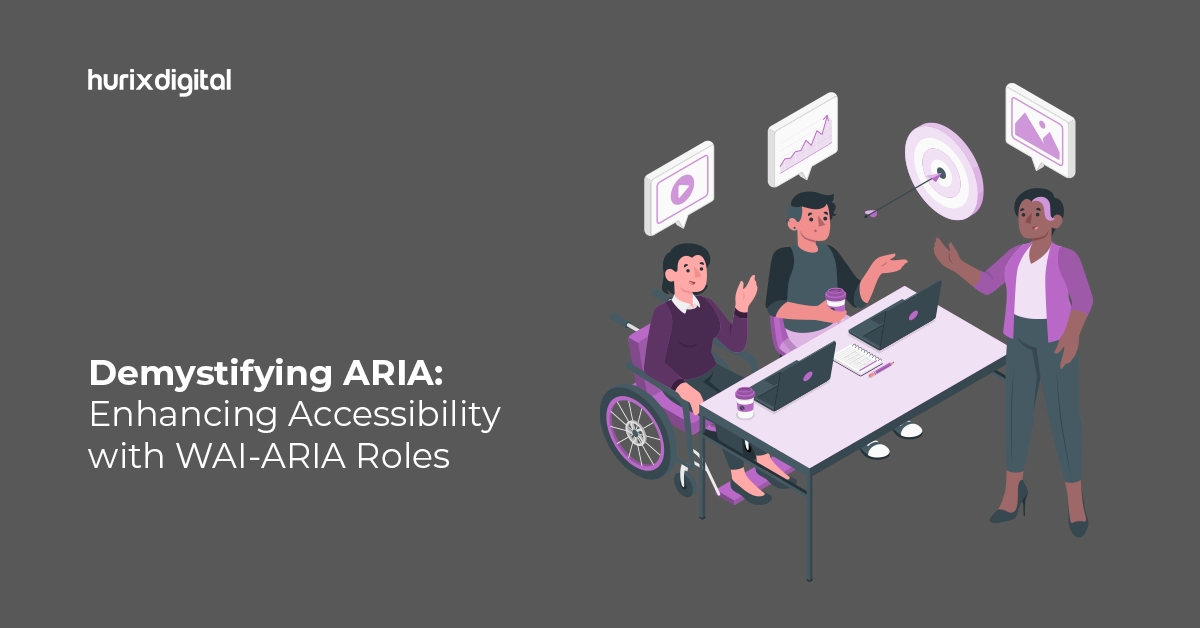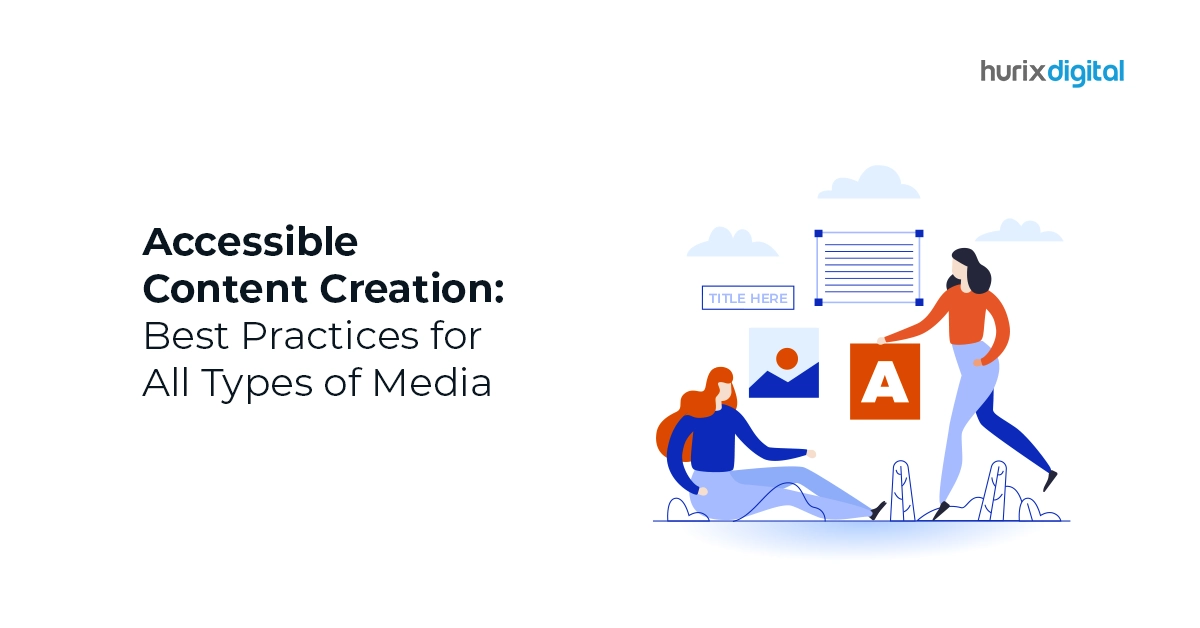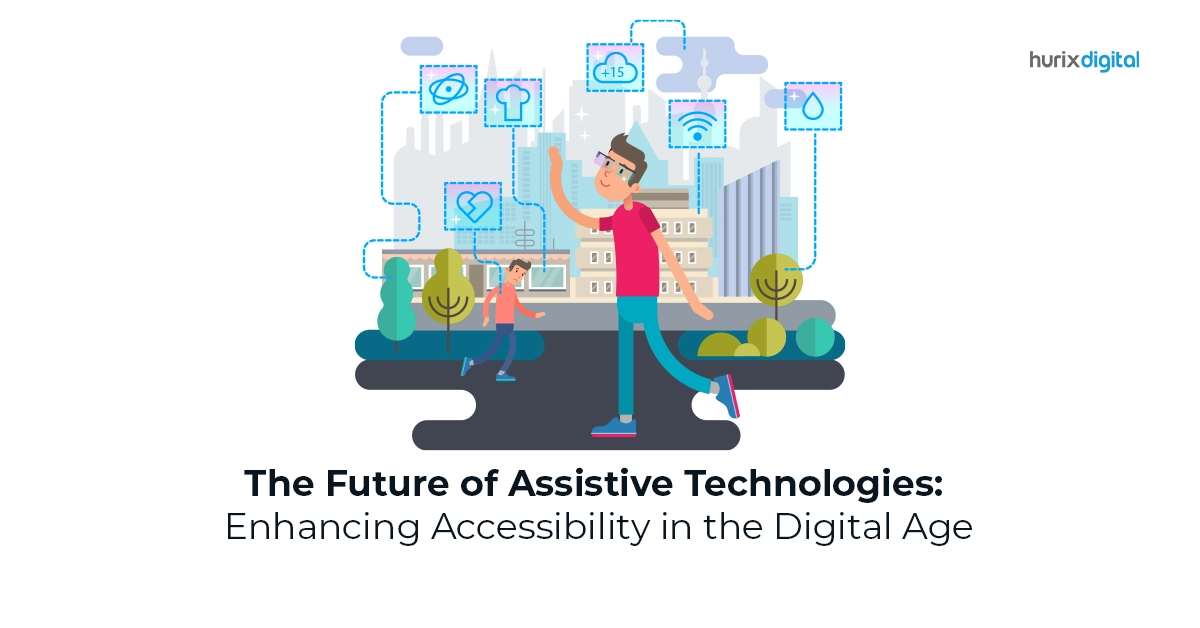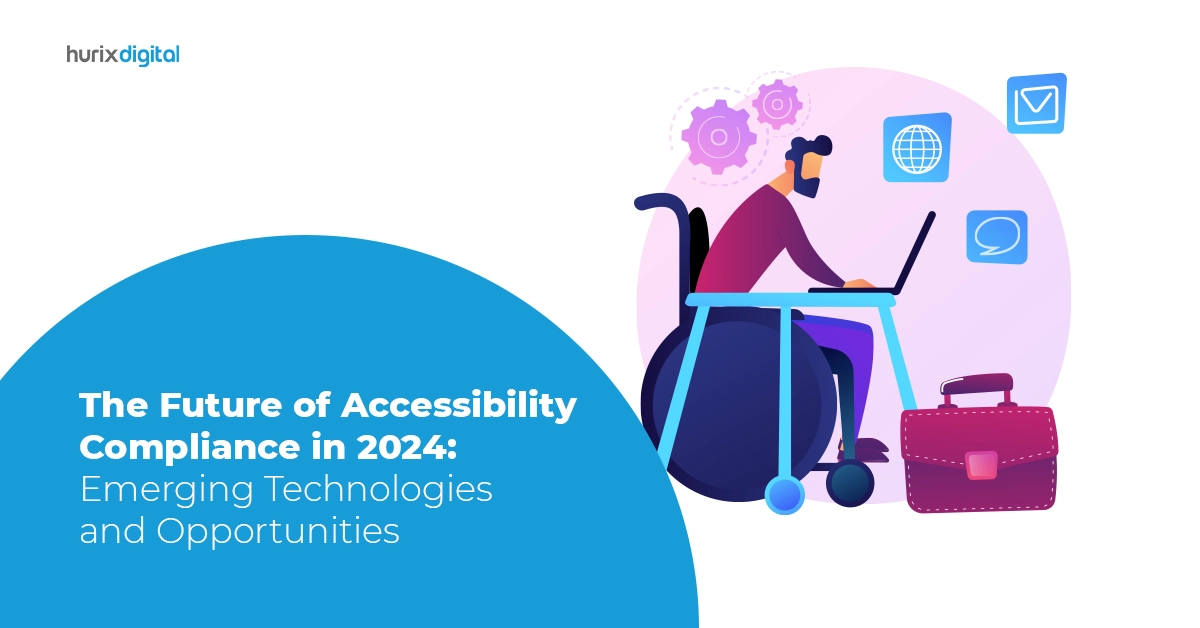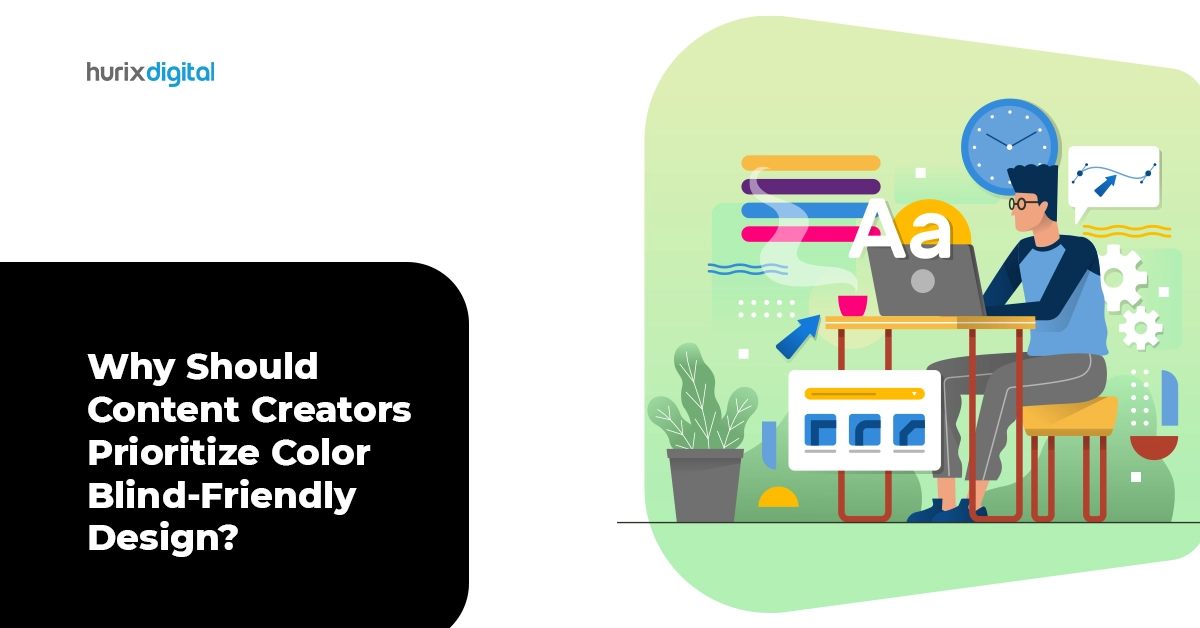Summary
WAI-ARIA roles are instrumental in enhancing web accessibility for users with disabilities, particularly for screen reader users and those relying on keyboard navigation. Proper ARIA implementation is crucial for ensuring a seamless and inclusive digital experience. Hurix Digital offers solutions to optimize digital content for accessibility, promoting inclusivity and usability for all users.
In the realm of Web Accessibility, ensuring that digital content is accessible to all users, including those with disabilities, is paramount. The World Wide Web Consortium (W3C) has been at the forefront of promoting digital accessibility, advocating for inclusive design practices that cater to a diverse audience. One such tool that aids in achieving accessibility for screen readers and assistive technologies is WAI-ARIA (Accessible Rich Internet Applications).
Table of Contents:
- Understanding WAI-ARIA
- How Does ARIA Work?
- Understanding ARIA Syntax
- The Importance of ARIA Implementation
- Common ARIA Roles and Their Benefits
- ARIA Implementation Considerations
- Five Key Benefits of using ARIA
- Conclusion
Understanding WAI-ARIA
WAI-ARIA, developed by the W3C, stands for Web Accessibility Initiative – Accessible Rich Internet Applications. It is a set of attributes that can be added to HTML elements to enhance the accessibility of web content for users with disabilities. ARIA bridges the gap between traditional web applications and assistive technologies, making it easier for users with disabilities to navigate and interact with digital content.
How Does ARIA Work?
Imagine a website built with standard HTML elements like divs and spans. While screen readers can technically read the text content, they might not understand the underlying meaning or purpose of those elements. This is where ARIA roles come in. By adding specific ARIA roles to your website elements, you essentially provide additional context and instructions for assistive technologies, allowing them to interpret the content accurately and present it meaningfully to users with disabilities.
Understanding ARIA Syntax
ARIA syntax consists of various attributes that can be applied to HTML elements to define their roles, states, and properties. Some commonly used ARIA attributes include role, aria-label, aria-labelledby, aria-describedby, and aria-hidden. These attributes provide additional context and information about the purpose and behavior of elements on the web page, improving accessibility for users with disabilities.
Also Read: 10 Ways Developers can Improve Web Accessibility
The Importance of ARIA Implementation
While ARIA can significantly enhance accessibility, its effectiveness relies on proper implementation. It is essential for developers to understand the nuances of ARIA syntax and apply it correctly to their web applications. Improper use of ARIA attributes can lead to accessibility issues and hinder the user experience for individuals using assistive tools.
Here are some common ARIA roles and their benefits:
- role=”navigation”: Identifies navigation menus, making it easier for users to jump between different sections of your website.
- role=”banner”: Defines the website’s header area, helping users understand the site’s purpose and branding.
- role=”search”: Marks the search bar, allowing users to quickly locate specific information.
- role=”dialog”: Designates pop-up windows or modals, ensuring users are aware of these overlays and can interact with them effectively.
ARIA Implementation Considerations
Like any web technology, some key usage tips apply when adding ARIA roles:
- Native semantically structured HTML should still come first before reaching for ARIA.
- Do not change role values dynamically without informing assistive tools of the change.
- Link roles to explicit label elements so names are clear when exposed to assistive technologies.
- Mark visibility/disabled/hidden state changes with appropriate attributes like aria-hidden.
Five Key Benefits of using ARIA
- Accessibility for screen readers: ARIA empowers screen readers to understand the website’s structure and functionality, enabling users with visual impairments to navigate and interact with it effectively.
- Enhanced keyboard accessibility: ARIA ensures website elements are accessible using only the keyboard, catering to users who rely on this method for navigation.
- Improved user experience: Clear and consistent use of ARIA roles and attributes leads to a more intuitive and predictable user experience for everyone, regardless of their abilities.
- SEO benefits: Accessible websites often rank higher in search engine results, improving your online visibility and reach.
- Stronger brand reputation: Demonstrating commitment to accessibility showcases your values and attracts users who appreciate inclusivity.
Getting started with ARIA might seem daunting, but numerous resources and tools are available to guide you. Remember, even small steps towards ARIA implementation can significantly improve your website’s accessibility. Consider partnering with an expert like Hurix Digital, specializing in digital accessibility solutions. They can provide in-depth guidance, technical assistance, and training to help you implement ARIA effectively and create a website that welcomes everyone.
Embrace the power of ARIA and unlock the true potential of your website. Start your journey towards inclusive content creation today and ensure your website is accessible to everyone.
Also Read: The Future of ARIA Authoring Practices — Emerging Trends and Innovations
Conclusion
Incorporating WAI-ARIA roles into your web development process is key to fostering digital accessibility and ensuring that your content is accessible to users of all abilities. At Hurix Digital, we specialize in creating accessible digital experiences that prioritize inclusivity and usability. Contact us today to learn how we can help optimize your digital content for accessibility and enhance the user experience for everyone.


